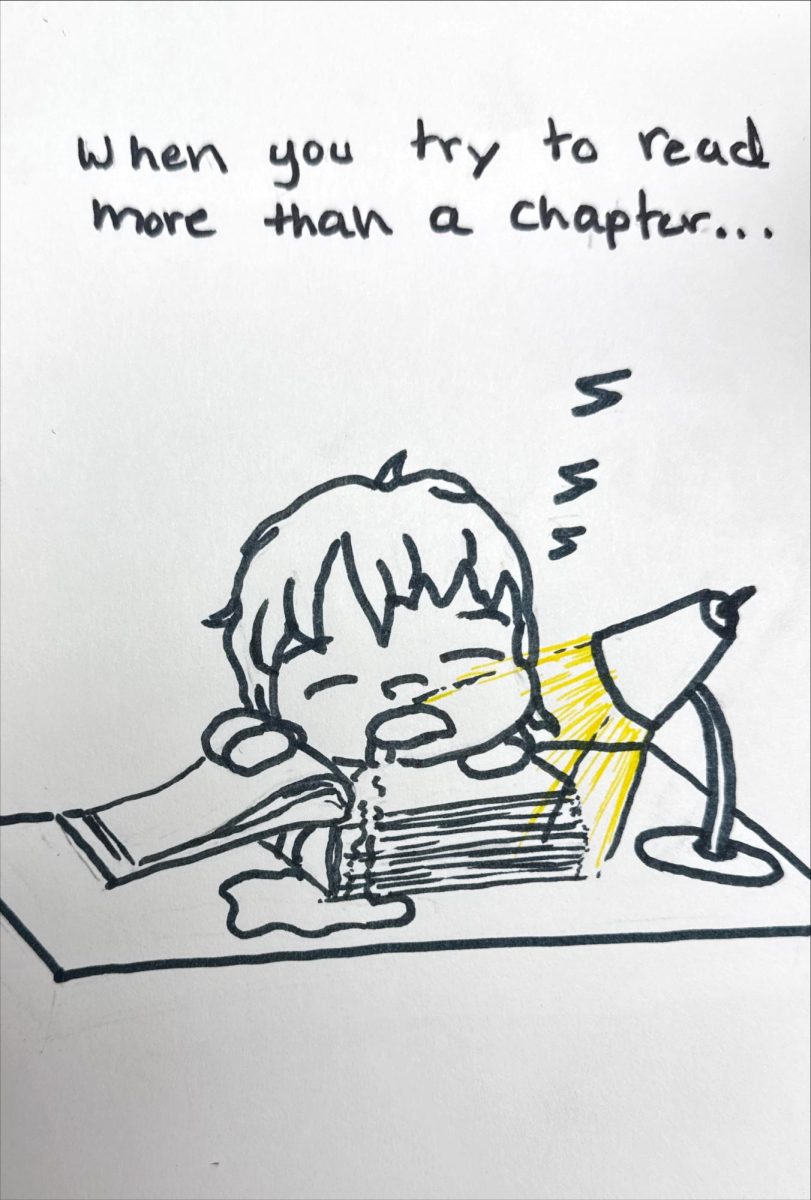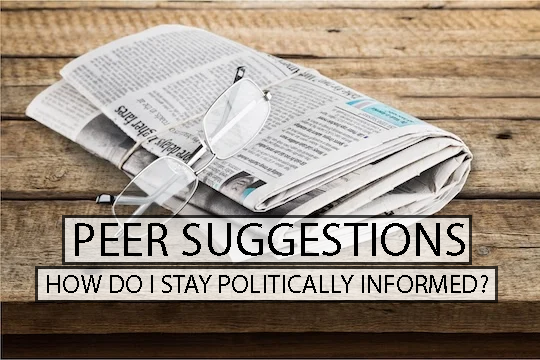According to the Cleveland Clinic, about 11% of the population has experienced a panic attack in their life. Personally, I’ve never had a panic attack before, but I know a lot of people that have, so I’ve opted to ask three people, who I know have had panic attacks, to explain what it’s like for them to experience a panic attack.
The first person (54, female) I asked to describe common symptoms of a panic attack. “I was eating lunch out with some friends when suddenly I began to sweat, and my heart rate increased. I felt an overwhelming feeling that I was dying, and I felt like I had to run,” she said.
Next, I asked a peer (18, female) how panic attacks affect her. “I was doing fine until it felt like the room started closing in on me,” She said. “I began to breath really heavy and thought I was going to die. I couldn’t stop feeling my heart race.”
It’s important to understand that anyone can be affected by panic attacks. A person doesn’t necessarily have to have a panic disorder in order to experience a panic attack. According to the Health Channel website, panic attacks can be triggered by prolonged stress, intense physical reactions such as exercise or excessive caffeine.
The last person I interviewed (20, Male) described how he recognizes the onset of a panic attack. “I start shaking and that’s when I know it’s going to happen. My breathing becomes quick, and it feels like I’m breathing inside of a plastic bag,” he said. “I feel like I’m going to either go crazy or die, and my heart rate is through the roof.” He goes on to say that drinking too much caffeine will usually trigger his panic attacks; that’s the danger of caffeine overconsumption.
There are things that a person can do during a panic attack to help it pass. For example, controlling one’s breathing by doing exercises can help. Square breathing is one such breathing technique. The premise is breathing in for four counts, holding for four counts, and releasing for four counts, and then repeat. Controlling your breathing can really help to make it through a panic attack.
Another strategy is mindfulness. Mindfulness is focusing on your surroundings and focusing on the present moment. Deep breathing can be considered mindfulness. Another exercise of mindfulness is using all five senses to ground yourself to the moment. Five things you see, four you can hear, three you can feel, two you can smell and one you can taste. Grounding yourself to the moment can calm and help ease the panic attack. These strategies get better with practice, too.
Panic attacks are very unpleasant, and often times they’re scary. Trying to reduce stress can help, but not every panic attack is caused by stress. Some people have panic disorder, which is categorized by frequent and unexpected panic attacks, and can be treated with medicine. Panic attacks can’t be entirely prevented, but by practicing mindfulness and controlling breathing a panic attack can be shortened.









